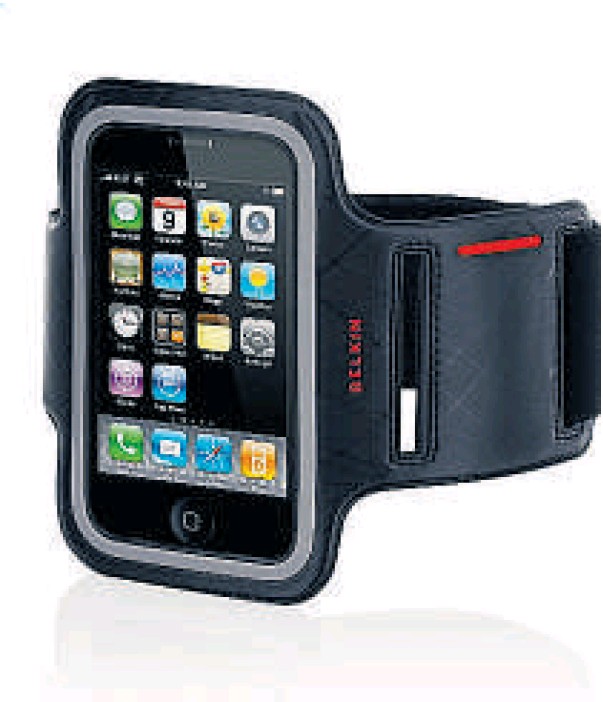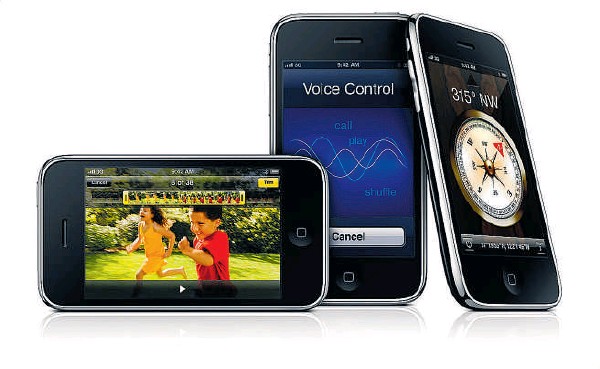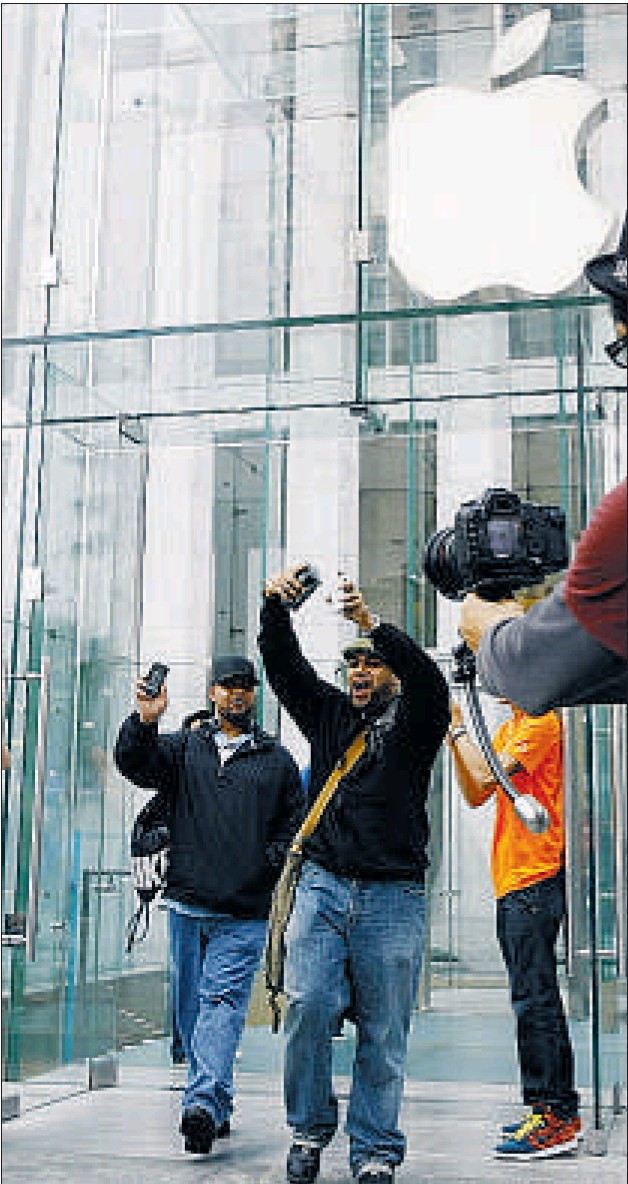Gillian Shaw
Sun

Disney Netpal, Asus

Olympus E-P1

DualFit Sport Armband iPhone 3G and 3G S

Mini Surge Protector, Belkin
Disney Netpal, Asus, from $350 US
Everyone else has a netbook, why not kids? This one comes with 40 parental control options, an 8.9-inch LCD screen, Wi-Fi, Windows XP Home and cute little Disney characters. Disney Magic comes to the desktop with a gadget tray that offers Disney-themed e-mail (parents can choose who they want their kids to correspond with) and a Disney-themed browser. Geared for kids ages six to 12, the Netpal comes out in late July in two versions. The Disney themes range from ones for the younger set, like Club Penguin and Toy Story and to Hannah Montana. www.disneyconsumerproducts.com
Olympus E-P1
Olympus, from $850 Cdn
Small is big when it comes to Olympus‘ newly launched E-P1, the world’s smallest 12.3 megapixel camera with an interchangeable lens system. It combines ultra portability with the features and photo quality of a digital single lens reflex camera. It also has HD video and stereo audio, making it a one-camera-fits-all for those times when you can’t lug around a large case. It’s a compact 12 cm wide by 7 cm high by 3.6 centimetres deep and it weighs in at 334 grams. Available in July, the body-only price for the E-P1 is $850; with ED 14-42mm f3.5/5.6 Zuiko Digital Zoom Lens, it’s $900 and with an ED 17mm f2.8 with optical viewfinder, $1,000. www.olympusamerica.com
DualFit Sport Armband iPhone 3G and 3G S
Belkin, $30Cdn
Now that you’ve picked up your new iPhone 3G S, you’ll want to protect it while you out on that marathon run or bike ride. Belkin has a whole new line of cases for the iPhone 3G and 3G S with the armband a useful accessory for iPhoners on the go. Find that, and other cases, at www.belkin.com/ipod
Mini Surge Protector, Belkin, $25
Also from Belkin, a handy gadget to throw in your laptop or netbook case, the mini travel surge protector. Also useful for conferences where you find yourself crowding around a single power outlet with other notebook users who are losing power fast. Pull one of these from your case and you’ll be the most popular computer user there. www.belkin.com
© Copyright (c) The Vancouver Sun







